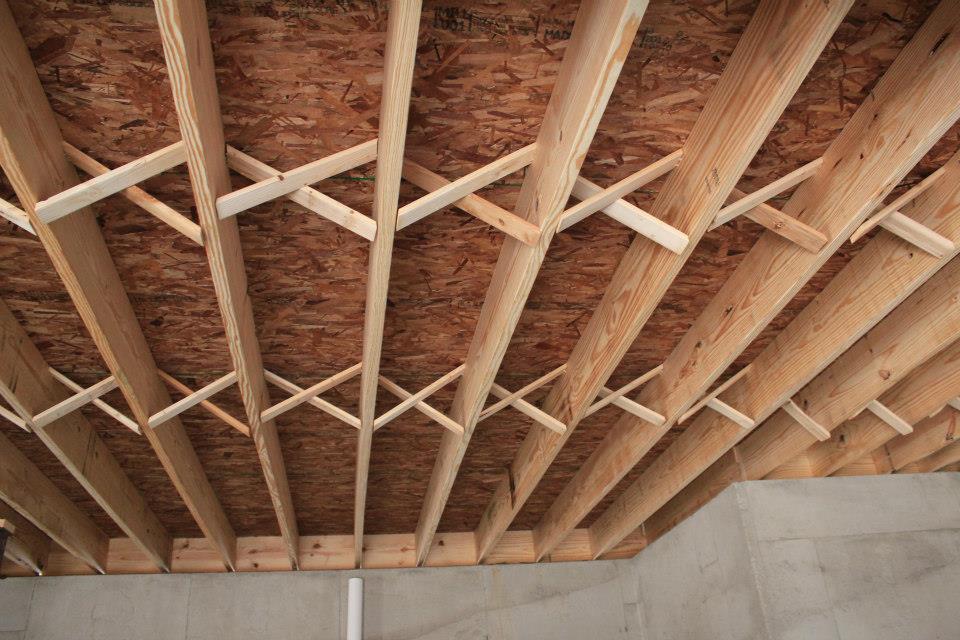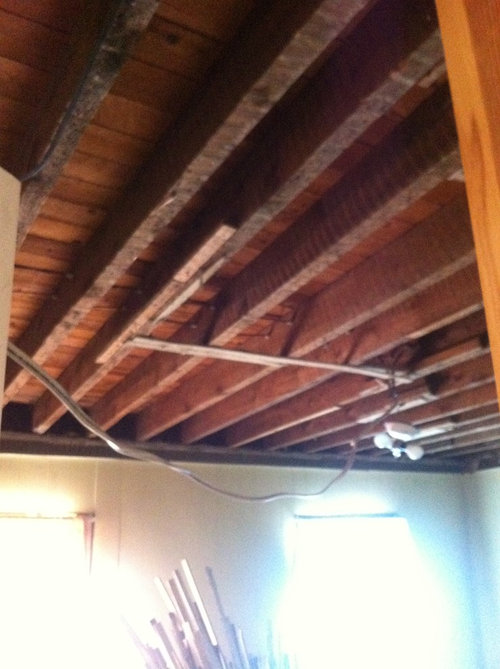2x12 Floor Joist Bridging

Support floor joists with a depth to thickness ratio of six or more with bridging at intervals not exceeding 8.
2x12 floor joist bridging. If span is greater than 16 use more than one pair. True floor joist span calculations can only be made by a structural engineer or contractor. Simpson strong tie tension bridging galvanized steel the ltb s are used in floor systems to resist the overturning of floor joists and features a staggered nail pattern. If span is greater than 8 install on 2x8 or larger joists.
20 gauge galvanized tension bridging 2 09 simpson strong tie strong drive 1 1 2 in. The lumber should be the same depth as the joist. Hammer your nails through the blocking and the joists. Long bridge spans simply need large joists.
Thd sku 205173. Bridging should be installed on floor joists with a nominal depth to thickness ratio of 5 to 6 or more 2005 national design specification for wood construction. Bridging units should be installed in pairs at intervals of 8 or less. This sample table gives minimum floor joist sizes for joists spaced at 16 inches and 24 inches on center o c for 2 grade lumber with 10 pounds per square foot of dead load and 40 pounds of live load which is typical of normal residential construction.
Scn smooth shank hdg connector nail 120 pack. Install with two 6d common nails per end. We ve included 2x6 2x8 2x10 and 2x12 joist spans and more. The benefit of bridging blocks or x bridging is that it allows the joists to share concentrated loads that are applied such as you walking across the floor.
Floor joist bridging is critical to the structural strength of a floor as shown in figure 1. Substitute a ten foot long 2x12 and perform the same test and the joist s deflection may not be visible to the naked eye. It makes for a stiffer feeling floor especially on longer spans. For example if you have 2 8 joists make sure to use 2 8 lumber for the blocking.
Cut the lumber to fit between the two joists. Measure the length between the two joists. If you can use 2x12 just stagger them enough to allow nailing instead of trying to put them in a perfectly straight row. Proper bridging distributes the load on the floor to other joists and over time prevents floors from sagging and squeaking do to floor joists twisting and warping.
Tension bridging works only in tension so must be used in cross pairs.



















